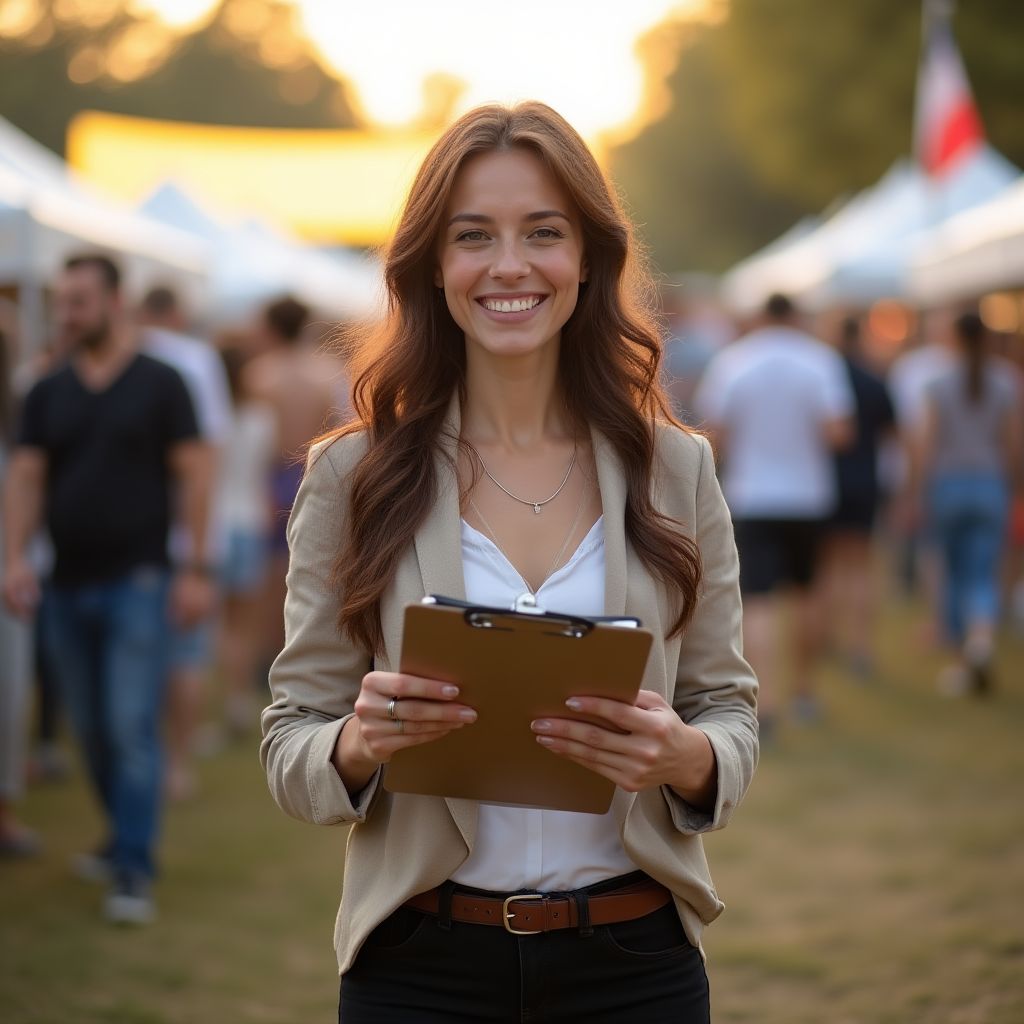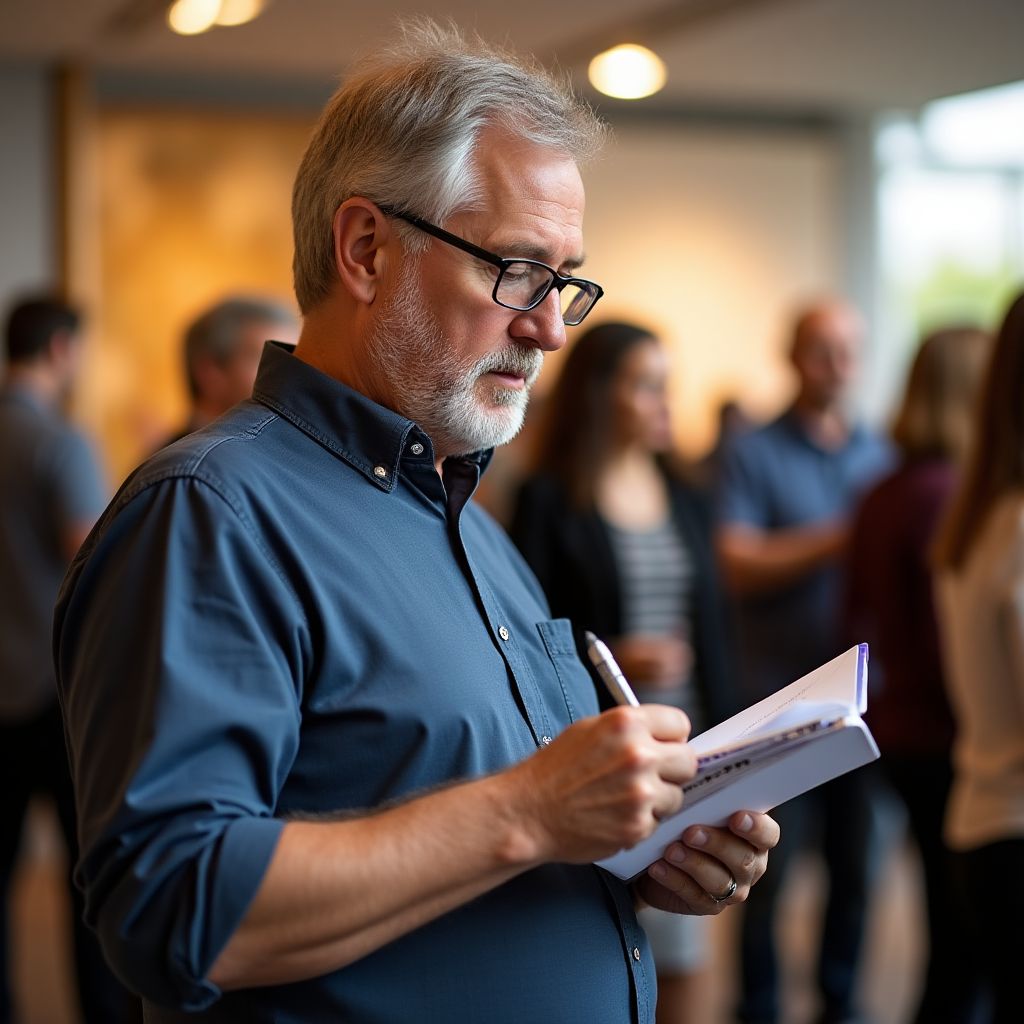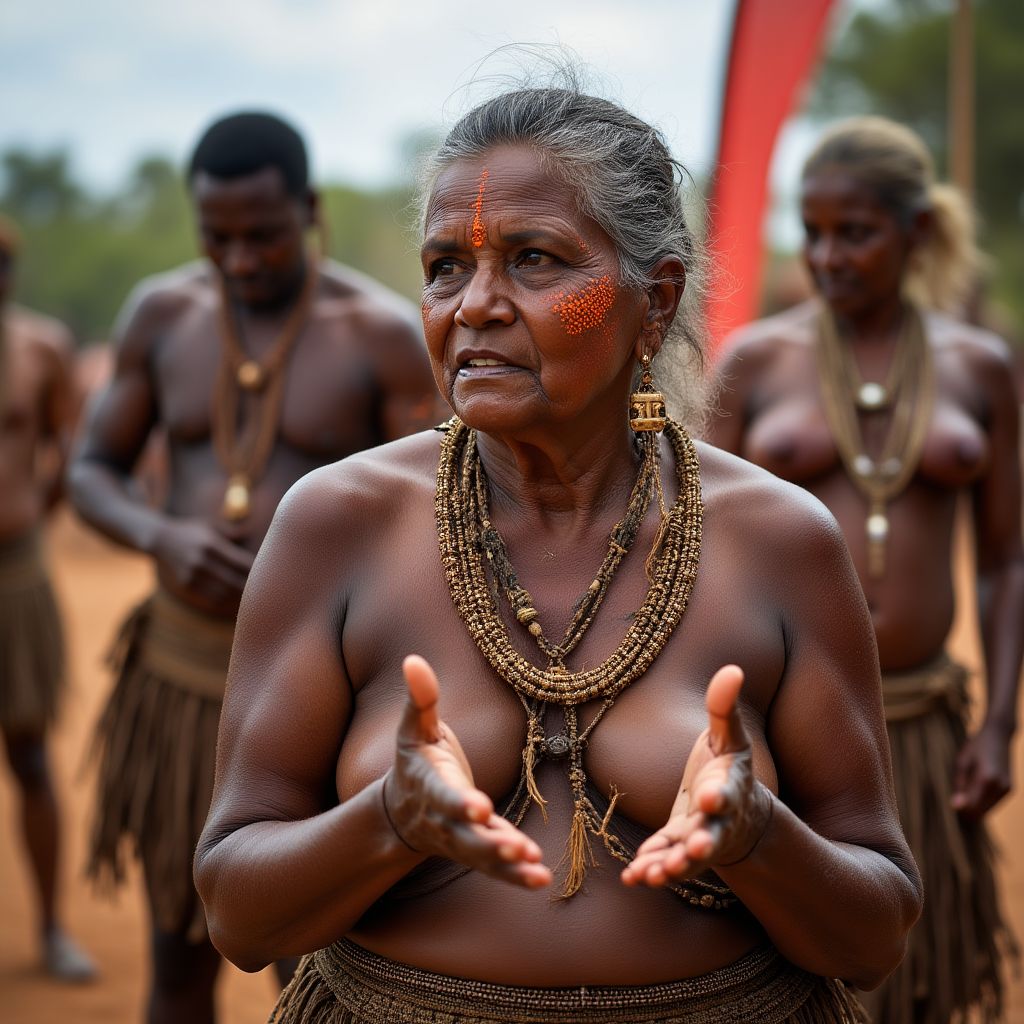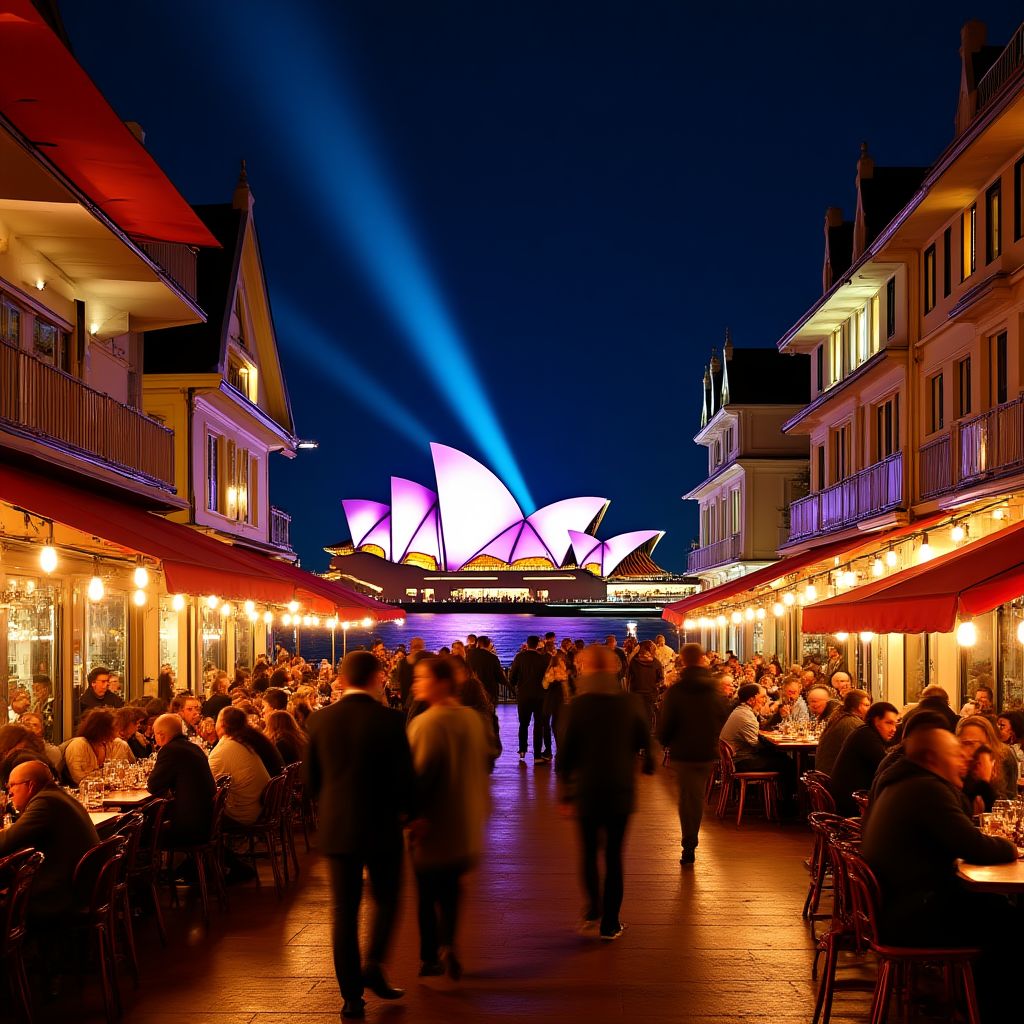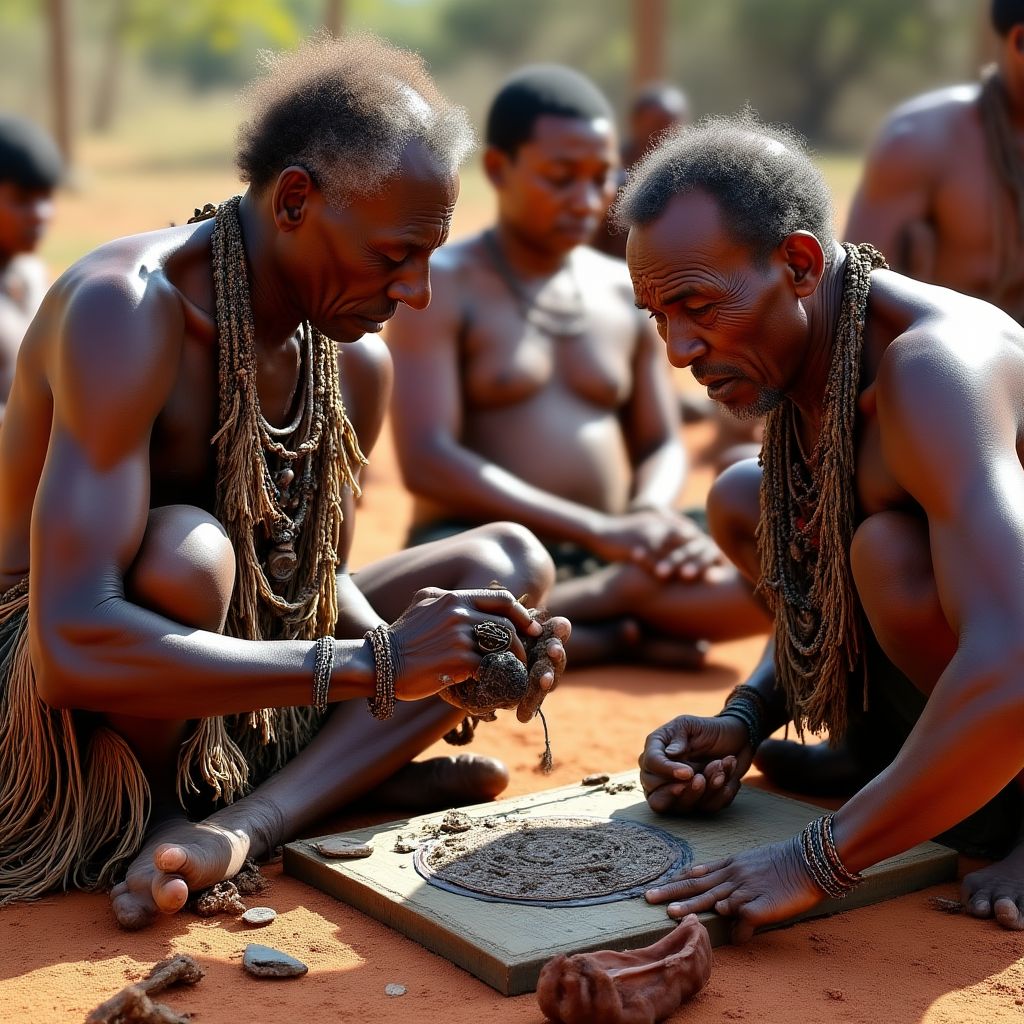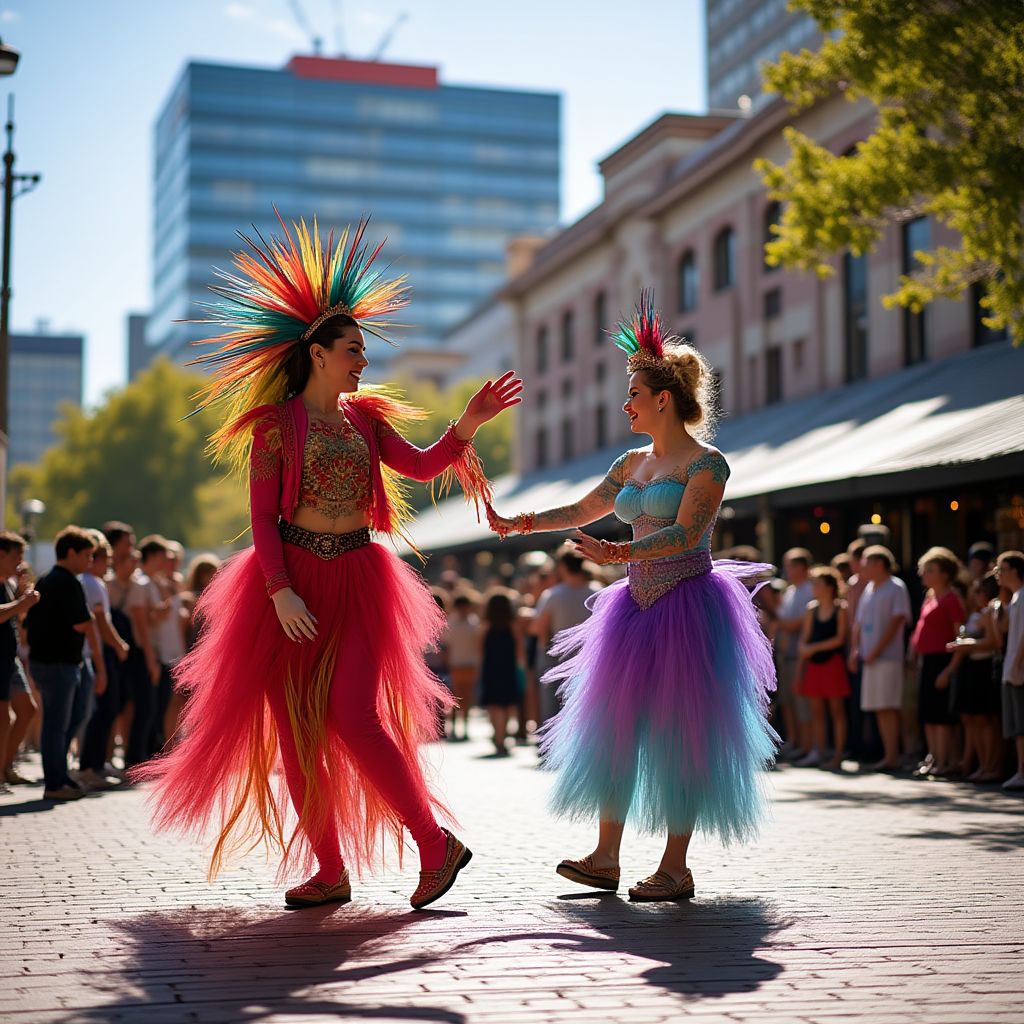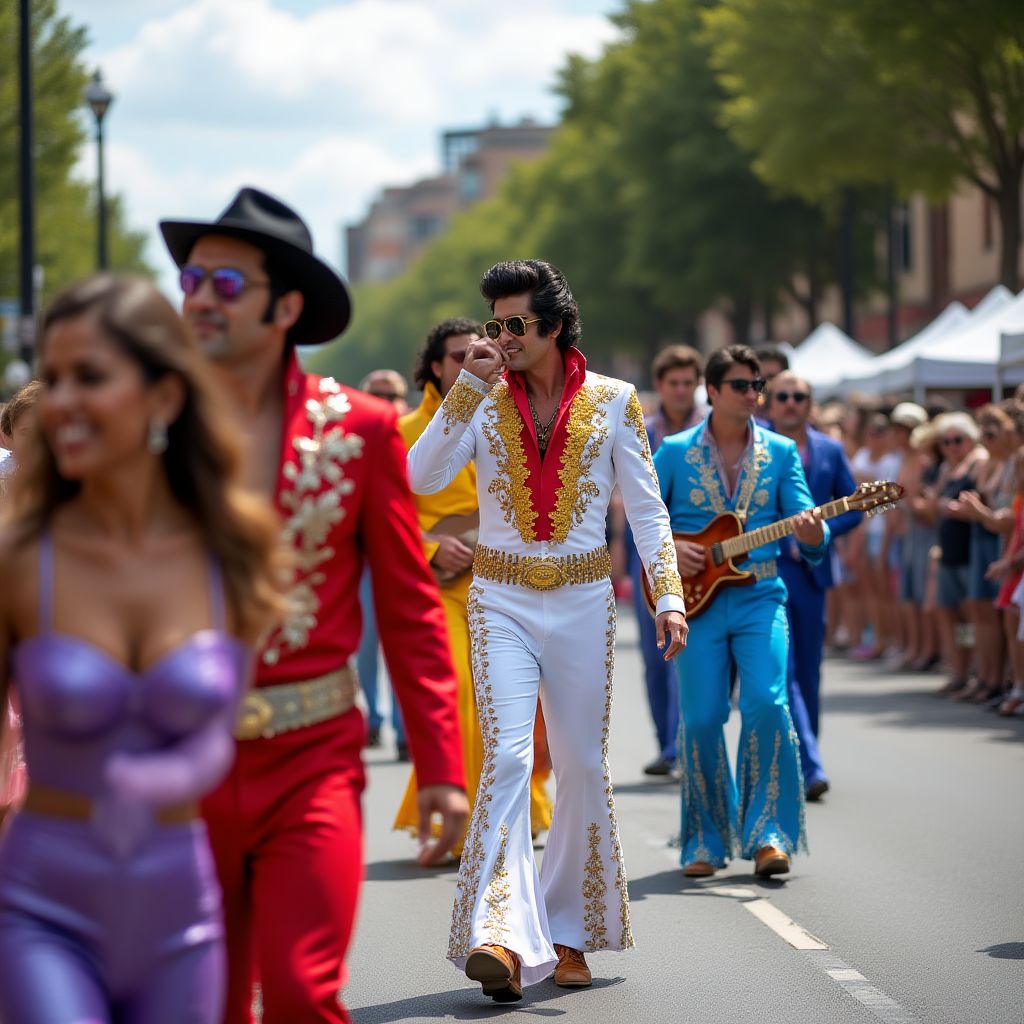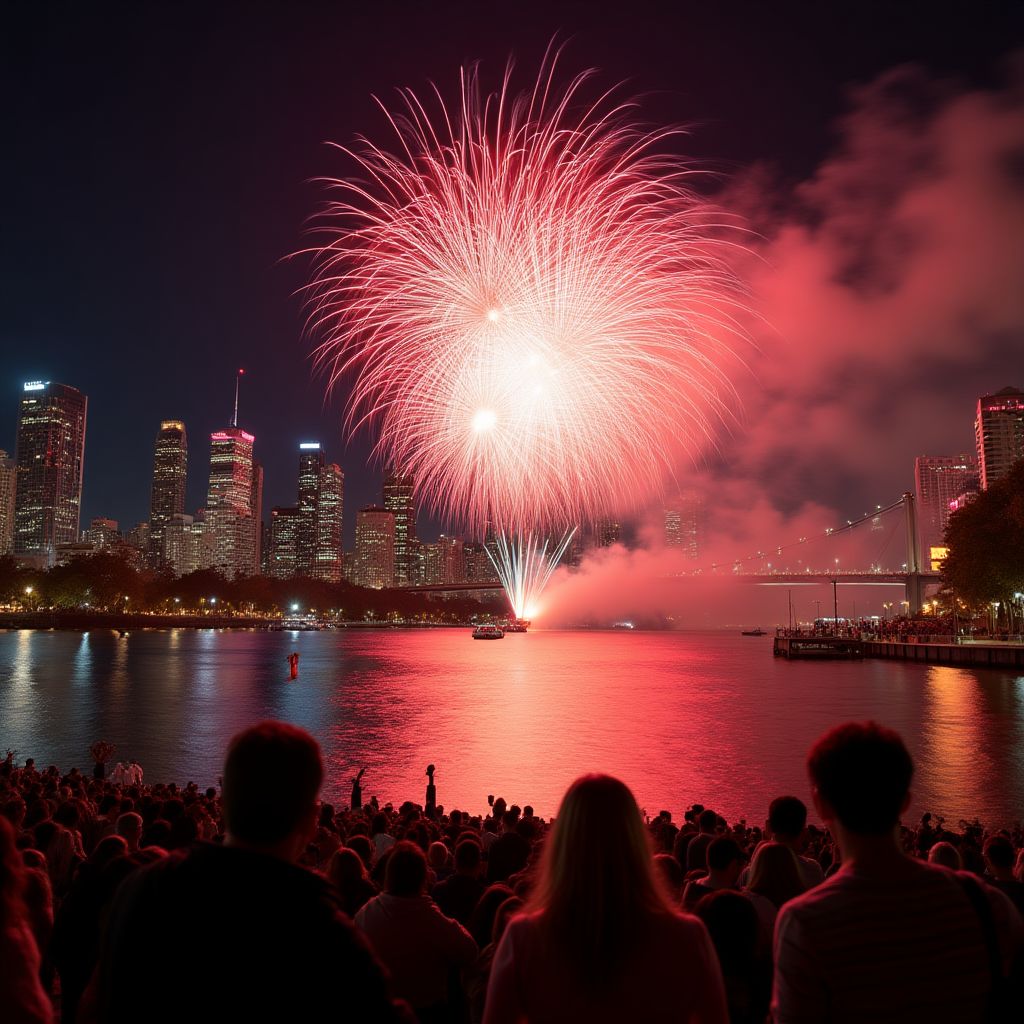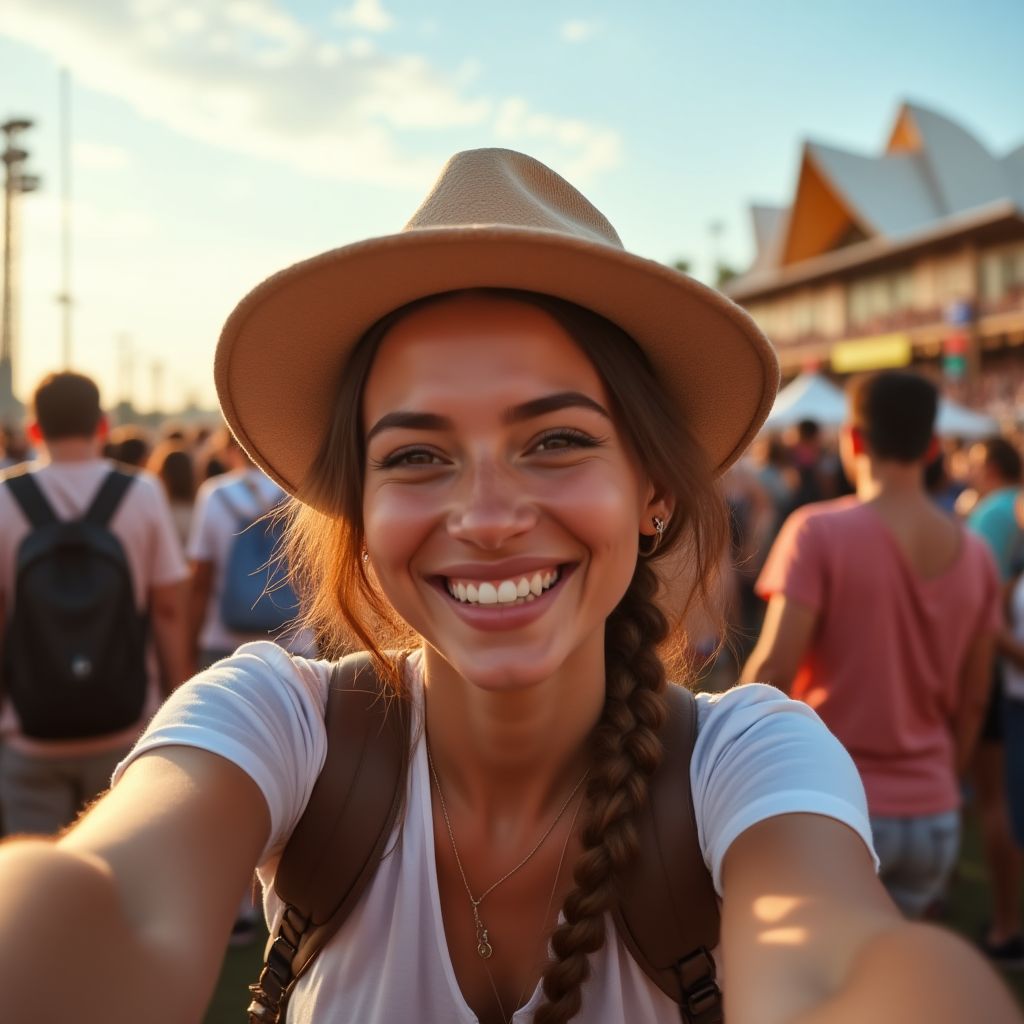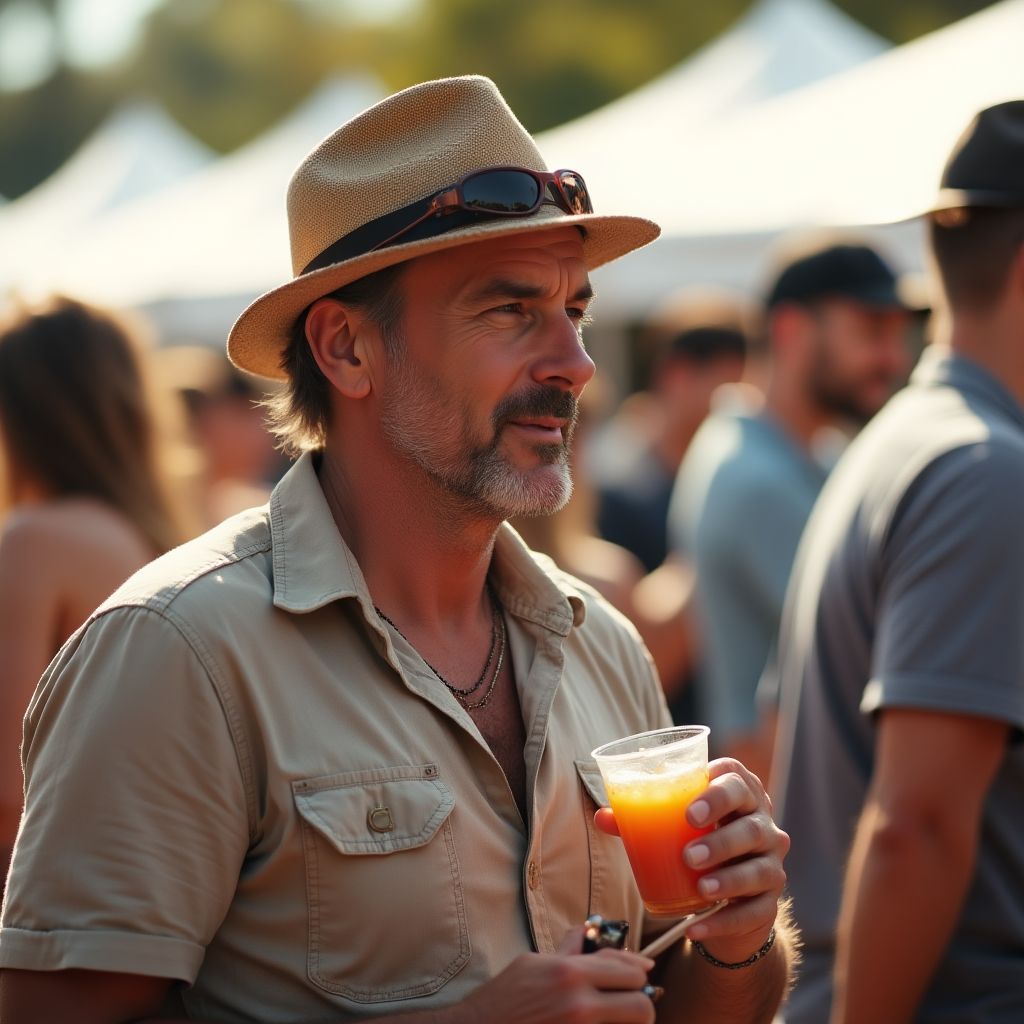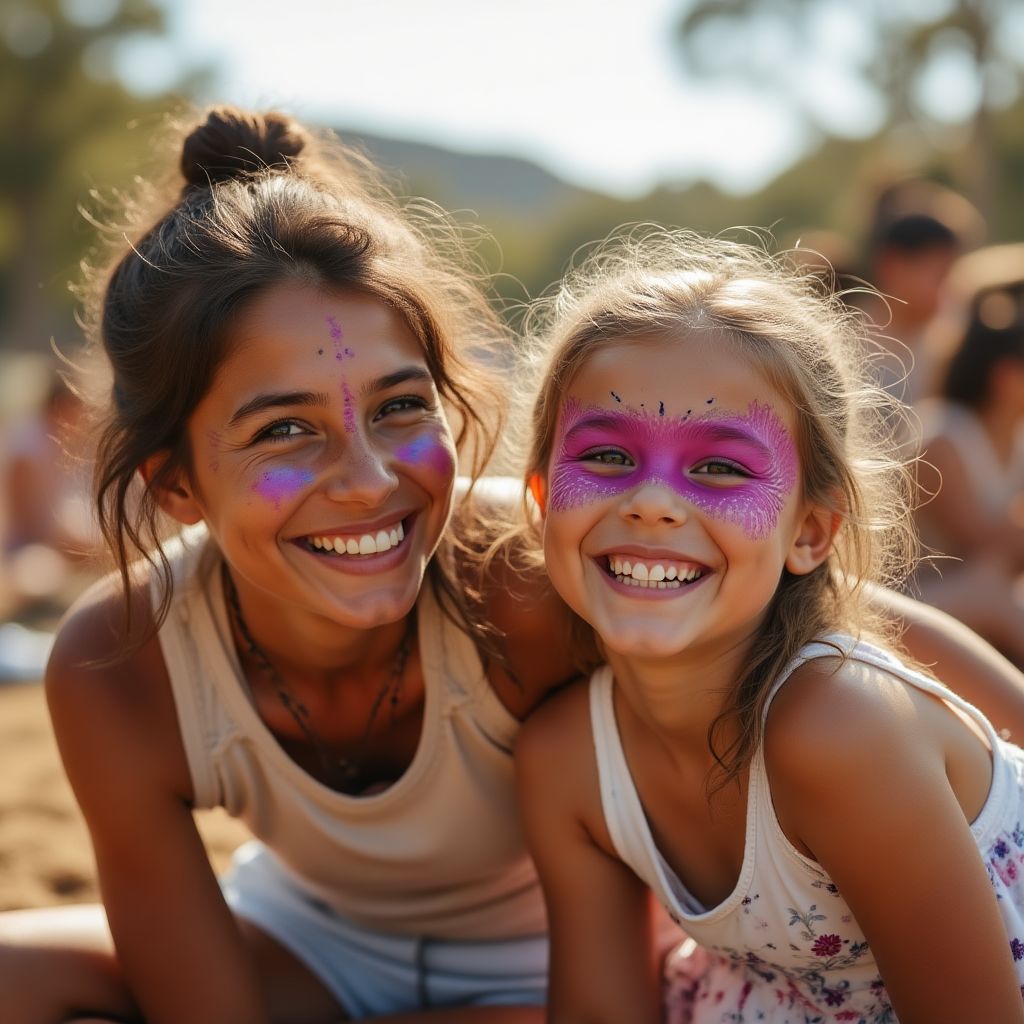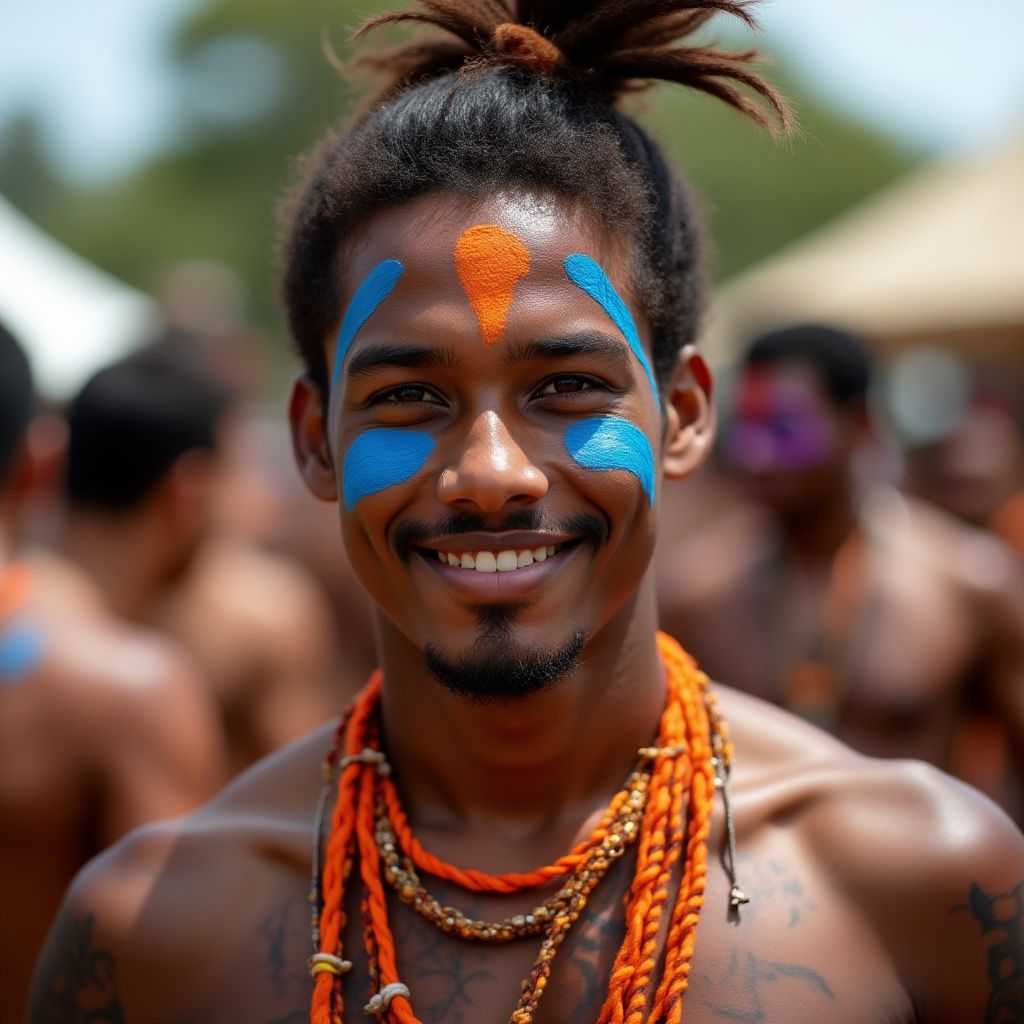"Attending Vivid Sydney was absolutely magical! The light installations transformed the entire city into an immersive art experience. What impressed me most was how accessible everything was—from free installations to reasonably priced shows. I planned my entire Australia trip around this festival and it was completely worth it. The atmosphere was so welcoming, and I met so many wonderful locals who were eager to share their favorite spots. I'll definitely be back next year!"
Top 10 Australian Festivals
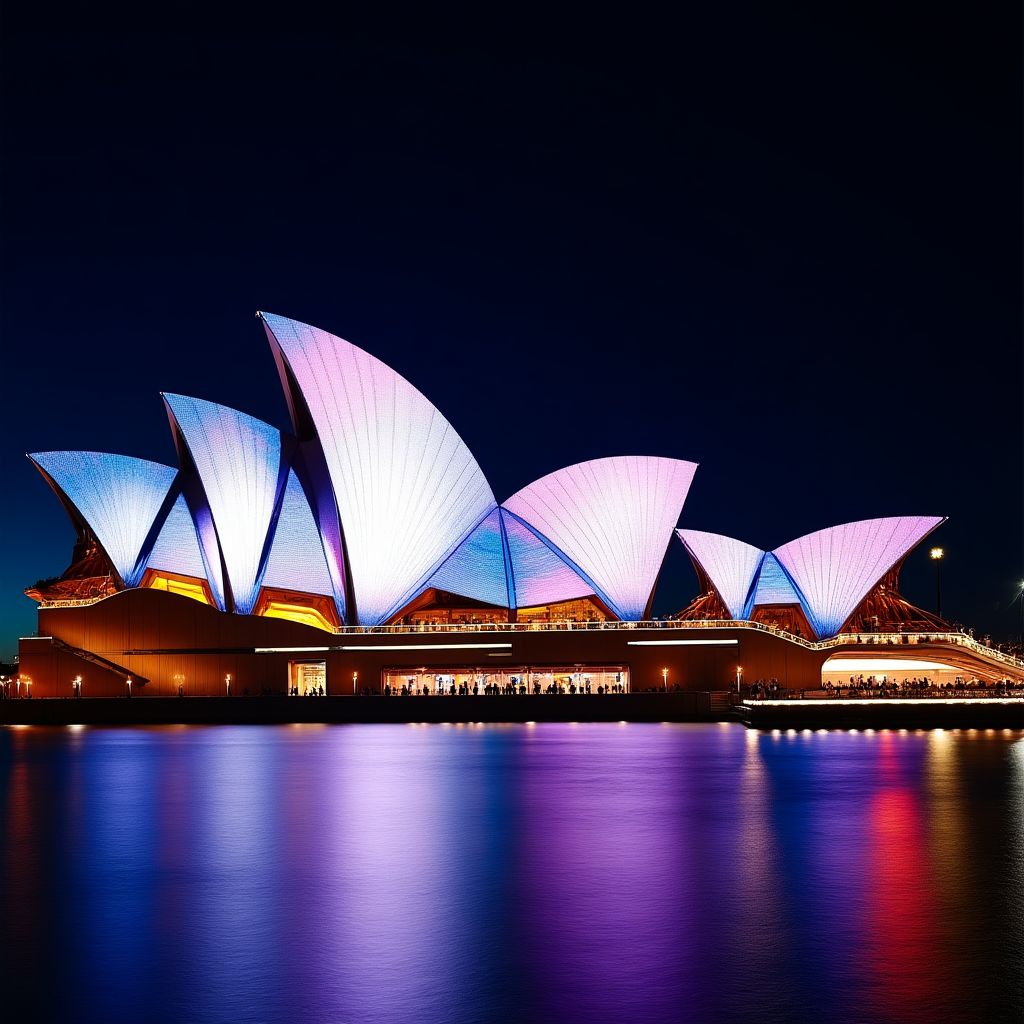
Sydney Festival
Sydney Festival is a major summer celebration that transforms the city into a cultural wonderland every January. For three weeks, Sydney embraces an extraordinary array of theater, dance, music, visual arts, and free outdoor events. The festival attracts approximately 500,000 people to its large-scale free outdoor events and 150,000 to its ticketed performances each year. Since its inception in 1977, it has showcased both local and international artists, turning the vibrant city into an immersive playground of artistic expression. The festival often includes stunning light installations, unique circus performances, indigenous cultural showcases, and contemporary music concerts across various Sydney landmarks.
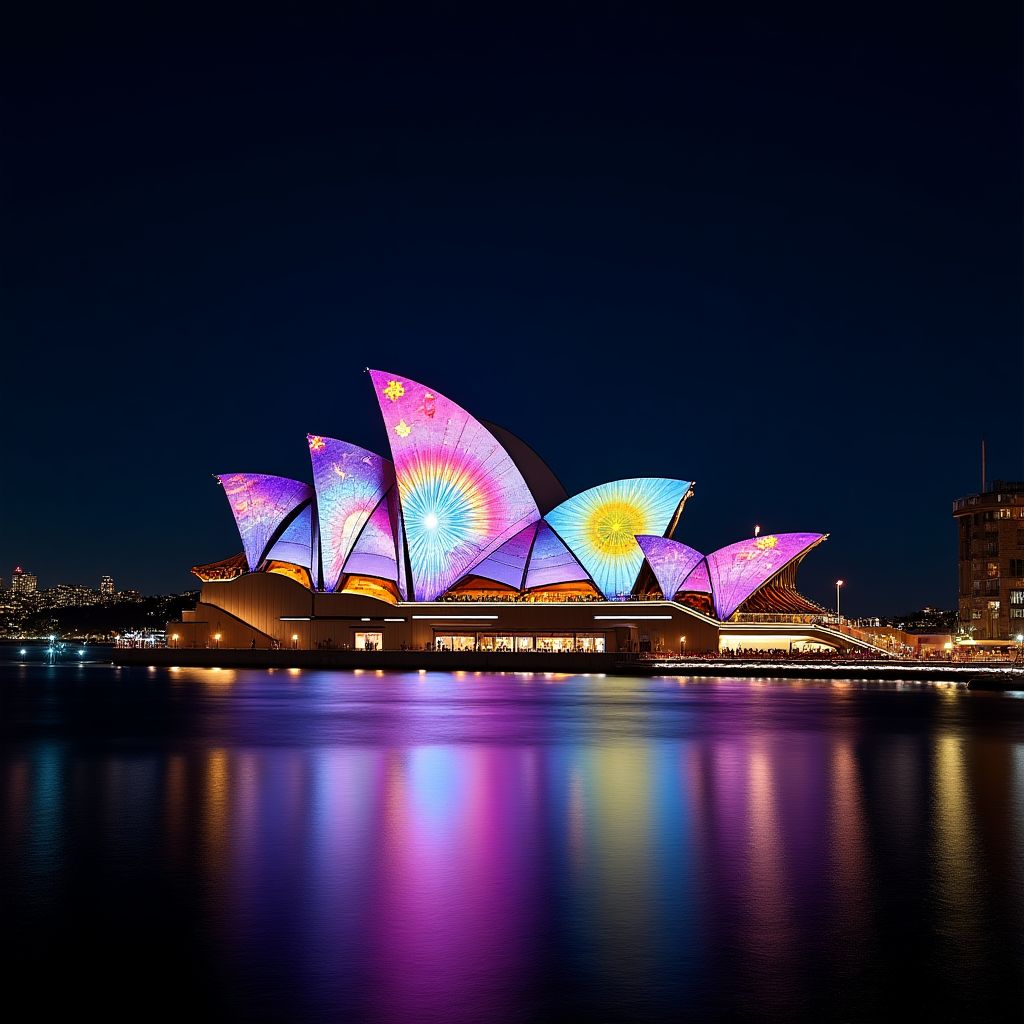
Vivid Sydney
Vivid Sydney is the largest festival of light, music, and ideas in the Southern Hemisphere, transforming the city into a spectacular canvas of creativity. For 23 days annually in May and June, the festival bathes Sydney in breathtaking light installations and projections, hosts cutting-edge music performances, and stimulates conversation with thought-provoking ideas from some of the world's brightest minds. The iconic Sydney Opera House becomes the centerpiece of amazing light art, with its sails illuminated by ever-changing patterns and stories. The festival attracts over 2 million visitors each year and contributes significantly to the local economy, showcasing Sydney as a hub of innovation, technology, and artistic expression.
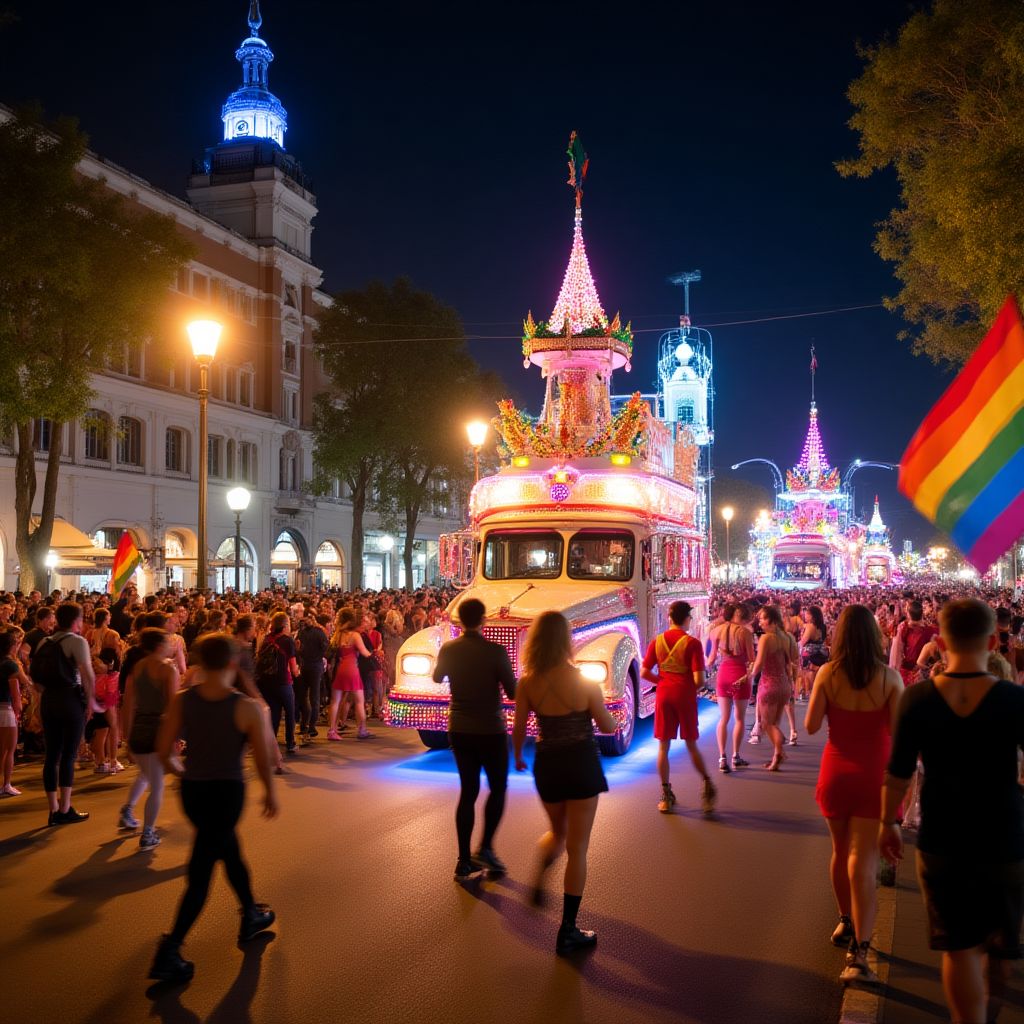
Sydney Gay and Lesbian Mardi Gras
The Sydney Gay and Lesbian Mardi Gras is one of Australia's most famous celebrations and a globally recognized LGBTQ+ pride festival. What began in 1978 as a protest for gay rights has evolved into a spectacular three-week festival culminating in the iconic Mardi Gras Parade. The parade features over 12,000 participants and 200 floats traveling down Oxford Street, showcasing dazzling costumes, vibrant choreography, and powerful statements of pride and acceptance. Beyond the parade, the festival includes Fair Day, an art exhibition, film festival, academic discussions, and numerous parties. With over 300,000 spectators lining the parade route and visitors from around the world, Mardi Gras celebrates diversity and champions equality while contributing approximately $30 million to the NSW economy.
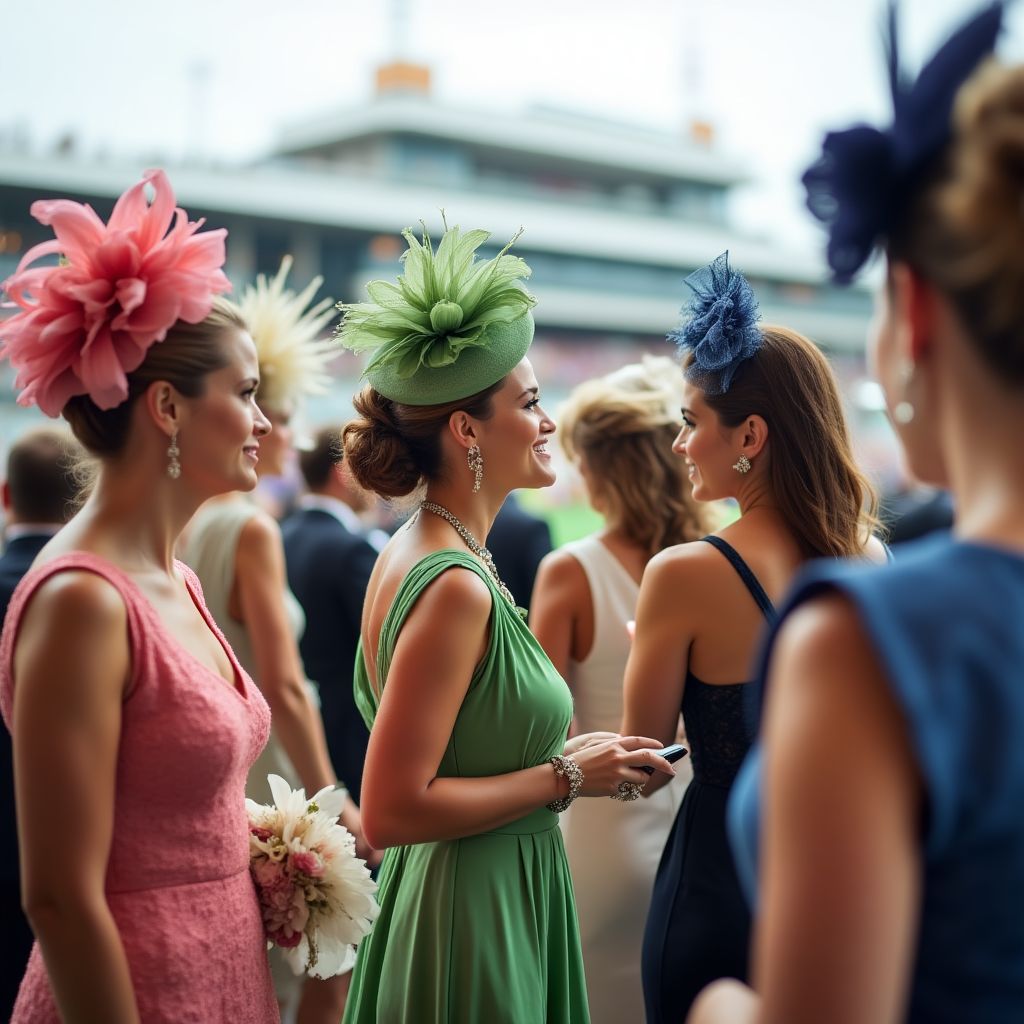
Melbourne Cup
Known as "the race that stops a nation," the Melbourne Cup is Australia's most prestigious annual Thoroughbred horse race and one of the richest turf races in the world. Held on the first Tuesday in November at Flemington Racecourse in Melbourne, this 3,200-meter race has been a tradition since 1861. Beyond the race itself, Melbourne Cup is a significant cultural and fashion event, with the day declared a public holiday in Victoria. Fascinators, suits, and elaborate outfits are an essential part of the celebration, with Fashions on the Field competitions rewarding the most stylish attendees. Approximately 100,000 people attend the racecourse, while millions more watch the broadcast and participate in festivities at homes, workplaces, and venues across Australia, where sweepstakes and champagne lunches are common traditions.
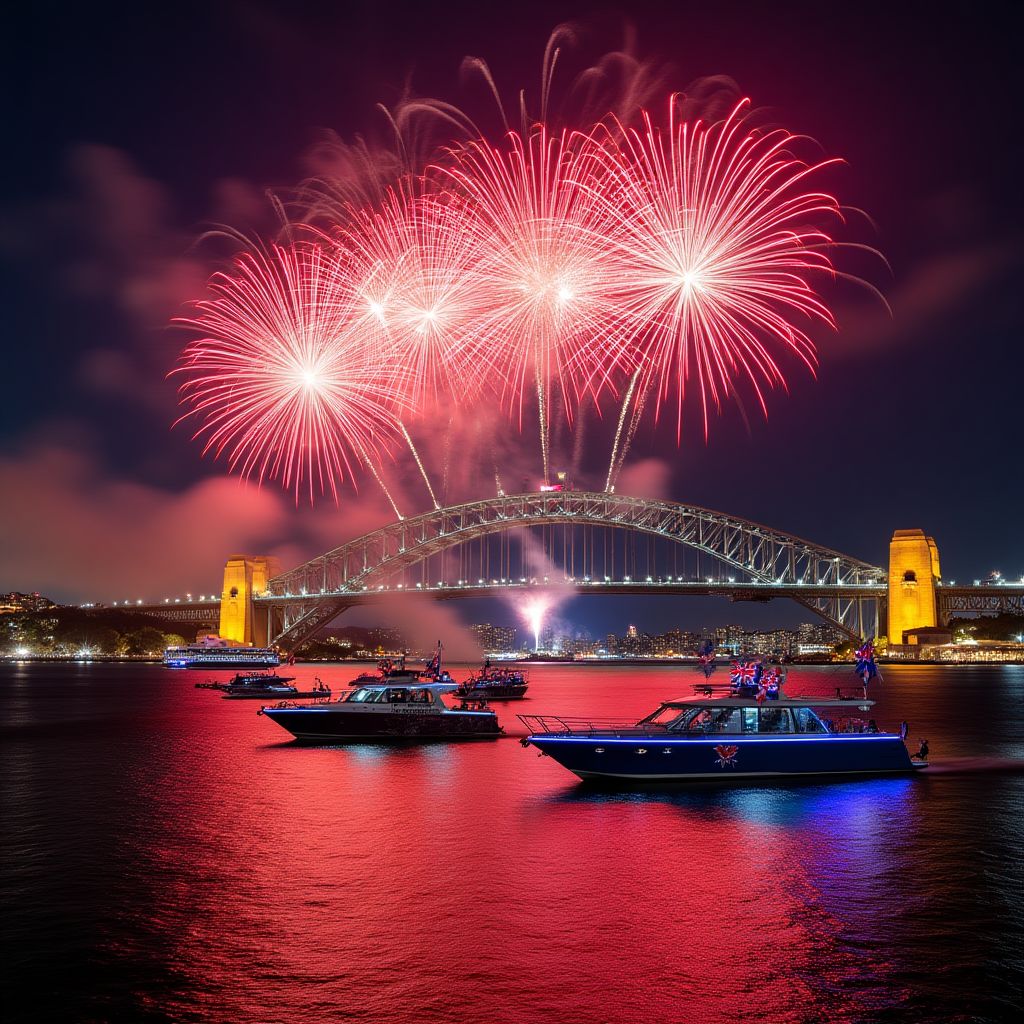
Australia Day
Australia Day, observed on January 26th, commemorates the arrival of the First Fleet at Sydney Cove in 1788 and the raising of the Union Flag by Arthur Phillip. This national holiday is marked by diverse celebrations across the country, including citizenship ceremonies welcoming new Australians, community festivals, concerts, and spectacular fireworks displays, particularly in Sydney Harbor. Traditional activities include barbecues, beach gatherings, sporting events, and the presentation of the Australian of the Year Awards. While many celebrate with pride and patriotism, it's important to acknowledge that for Indigenous Australians, the day also represents invasion and dispossession, often referred to as Survival Day or Invasion Day. This has led to ongoing discussions about potentially changing the date to be more inclusive of all Australians while still celebrating national identity and achievements.
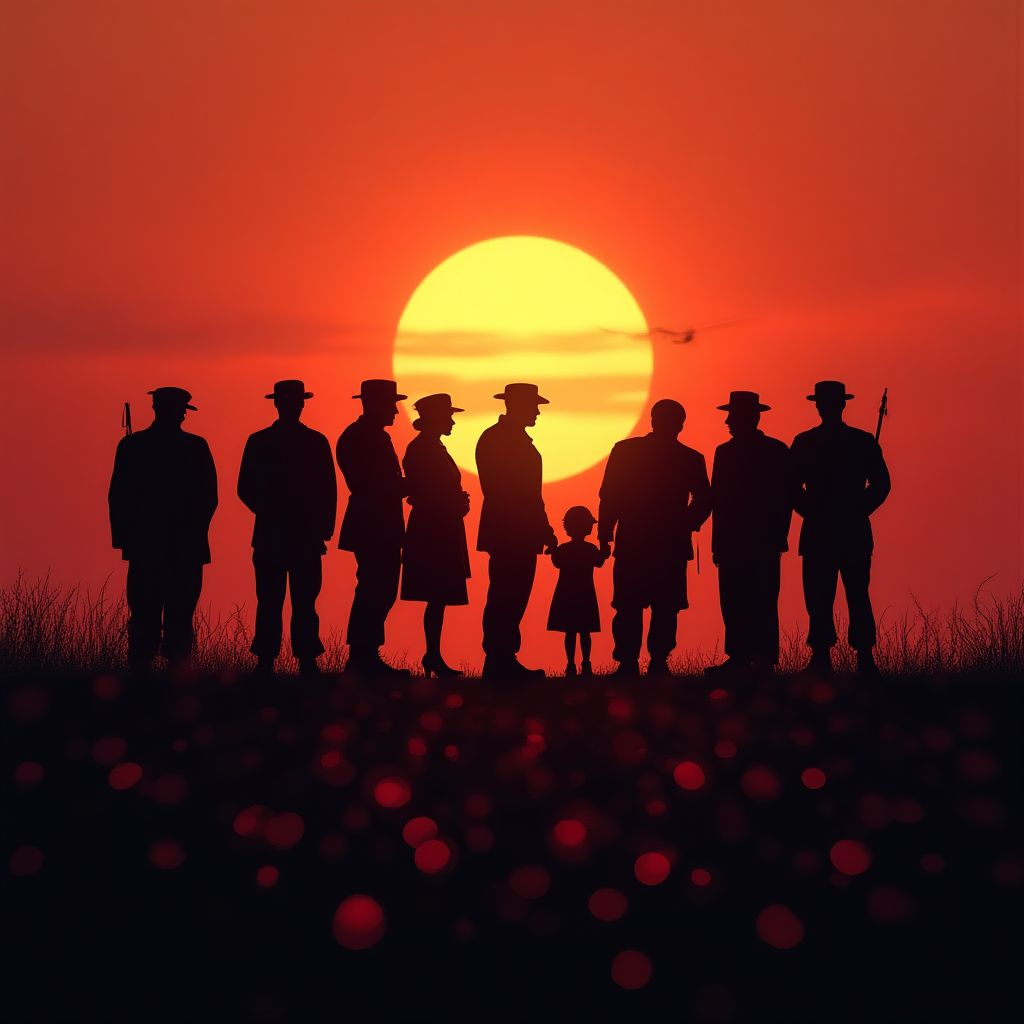
ANZAC Day
ANZAC Day, commemorated on April 25th, is one of Australia's most significant national occasions, honoring members of the Australian and New Zealand Army Corps (ANZAC) who served and died in military operations. The day marks the anniversary of the first major military action fought by Australian and New Zealand forces during World War I at Gallipoli in 1915. Dawn services are held nationwide, where people gather in the early morning hours at war memorials for a ceremony that includes the playing of "The Last Post," observing a minute of silence, and the recitation of the Ode of Remembrance. Later in the day, cities host ANZAC Day marches where veterans, serving military personnel, and their families parade through the streets, often followed by community gatherings. Traditional customs include playing two-up (a gambling game legally permitted only on ANZAC Day in most states), wearing sprigs of rosemary for remembrance, and consuming ANZAC biscuits, originally sent to soldiers during wartime.
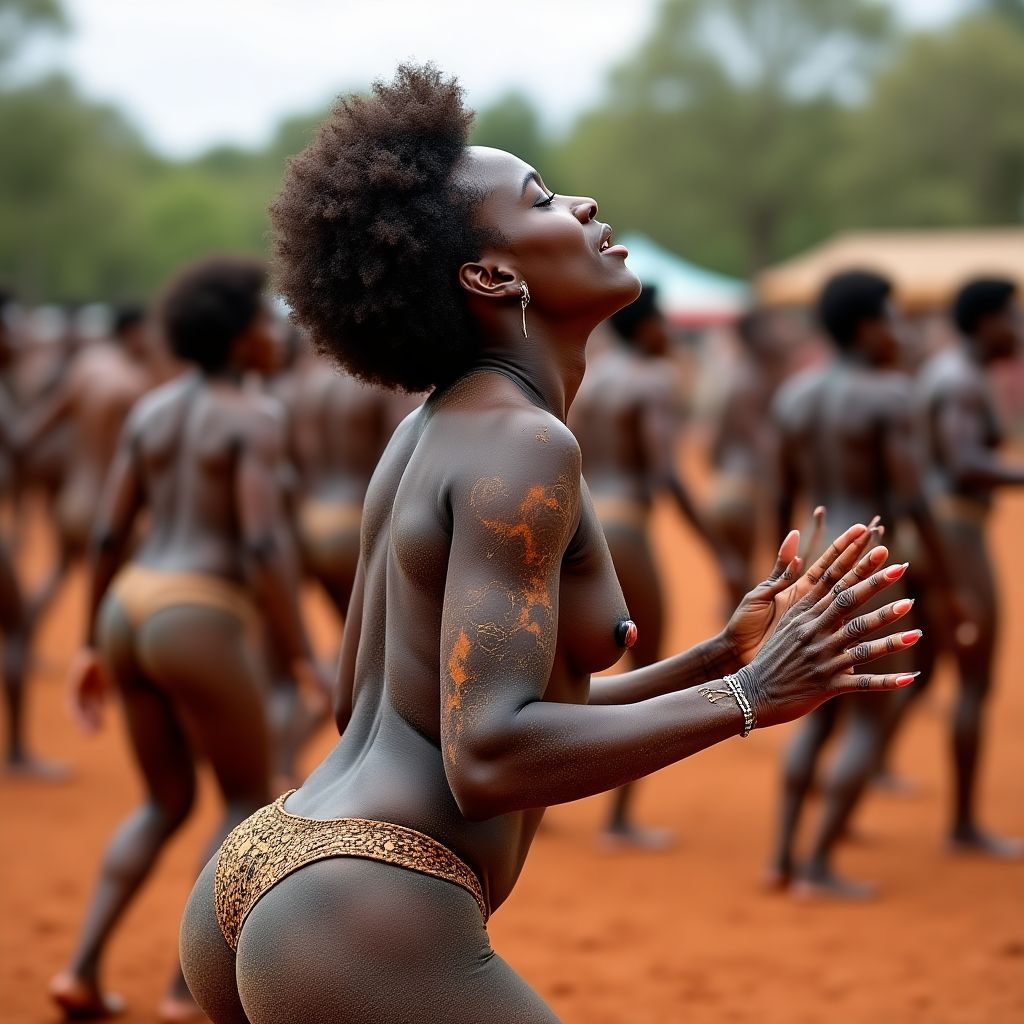
Garma Festival
The Garma Festival is Australia's premier Indigenous cultural event, held annually in Northeast Arnhem Land in the Northern Territory. Organized by the Yothu Yindi Foundation, this four-day celebration showcases the rich cultural heritage of the Yolŋu people and provides a forum for knowledge sharing and cultural exchange. The festival's centerpiece is the bunggul, traditional ceremonial dances performed each afternoon accompanied by ancient song cycles and the distinctive sound of the yidaki (didgeridoo). Beyond cultural performances, Garma features forums on Indigenous policy issues, youth programs, art exhibitions, and workshops on traditional crafts and practices. The event attracts around 2,500 political leaders, academics, business figures, and visitors from across Australia and internationally, making it a significant platform for advancing reconciliation and addressing Indigenous issues while preserving and celebrating one of the world's oldest living cultures.
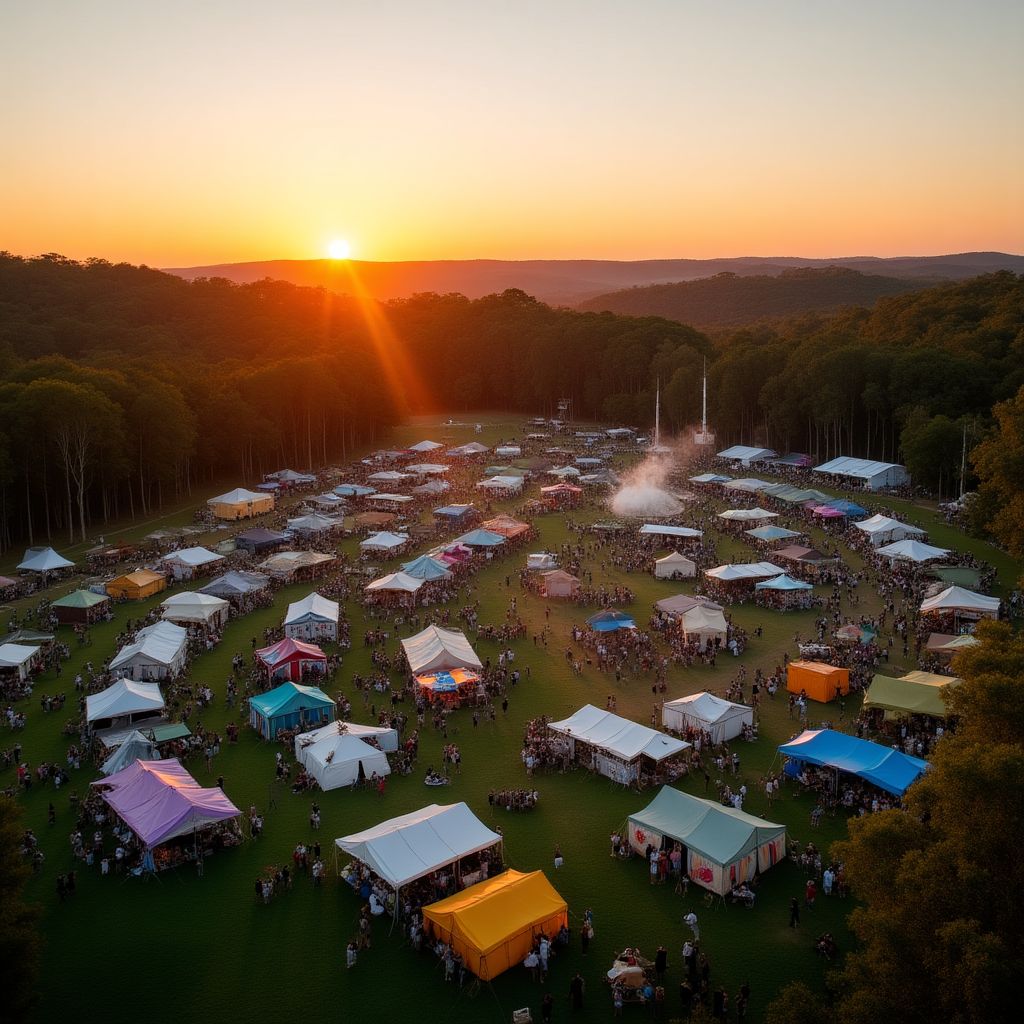
Woodford Folk Festival
The Woodford Folk Festival is one of Australia's largest and most iconic cultural events, taking place annually from December 27th to January 1st in the Woodfordia parklands near Woodford, Queensland. This six-day festival creates a temporary village that hosts over 2,000 performers and 438 events across 25 venues, attracting around 125,000 attendees. The diverse program encompasses music performances across multiple genres, dance, street theater, writers' panels, film, comedy, workshops, debate, and visual arts. Environmental sustainability is central to Woodford's ethos, with initiatives including tree planting, water conservation, and waste reduction. The festival culminates in the spectacular Fire Event on New Year's Day, a ritualistic ceremony symbolizing renewal. What distinguishes Woodford is its unique community atmosphere, where performers and audience members camp together, creating an immersive experience that blends entertainment with deep cultural engagement and ecological awareness.
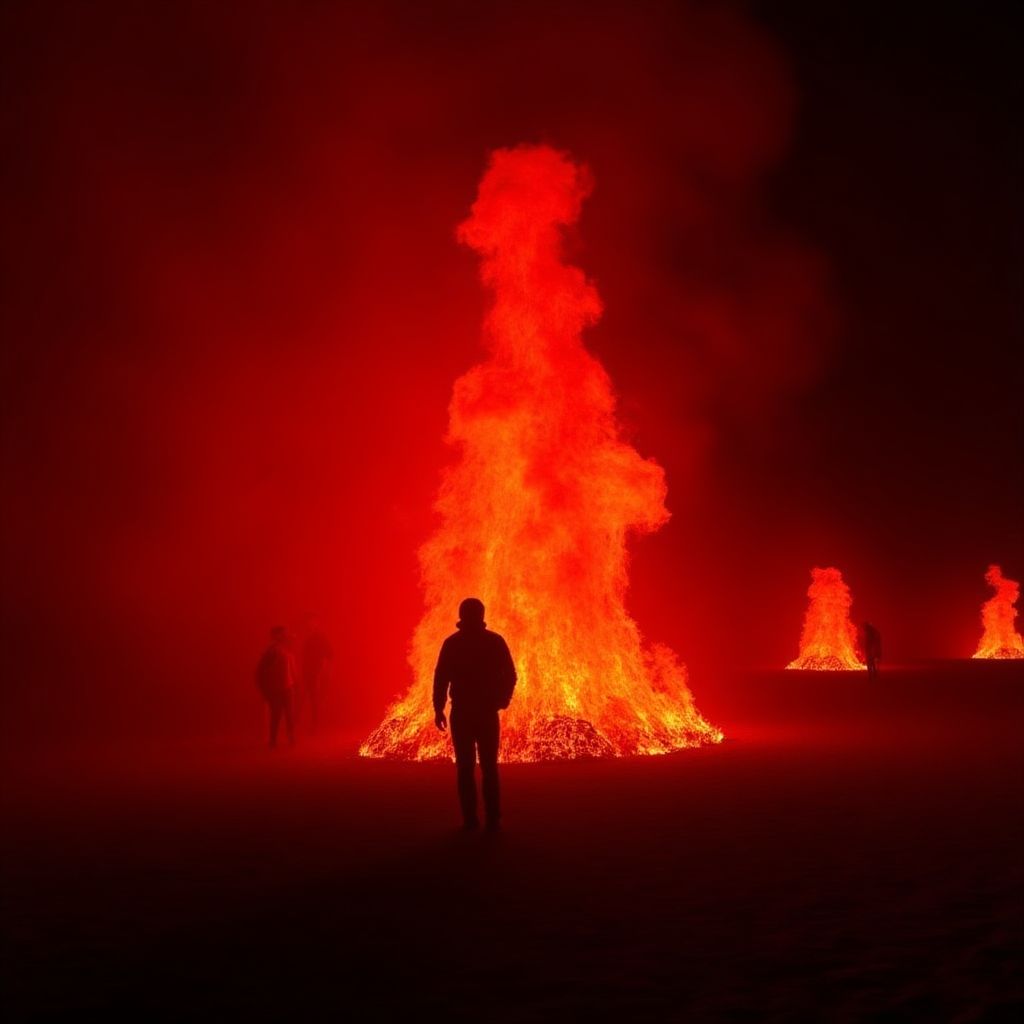
Dark Mofo
Dark Mofo is Tasmania's provocative and immersive midwinter festival that celebrates the dark through large-scale public art, food, music, light, and noise. Held annually in June in Hobart, this two-week festival embraces ancient winter solstice rituals and explores themes of darkness, cold, and ancient mythology. The festival's signature events include the Winter Feast, a contemporary take on the traditional solstice celebration featuring communal dining tables, fire pits, and local produce; Nude Solstice Swim, where hundreds of brave participants plunge into the freezing Derwent River at dawn to welcome the return of light; and the imposing inverted crosses on the Hobart waterfront that have become iconic symbols of the festival. Presented by MONA (Museum of Old and New Art), Dark Mofo is known for its boundary-pushing, sometimes controversial artworks and performances that challenge conventional thinking. With its gothic aesthetic, experimental music lineup, and avant-garde installations, Dark Mofo has transformed Tasmania's quietest tourism season into one of its busiest.
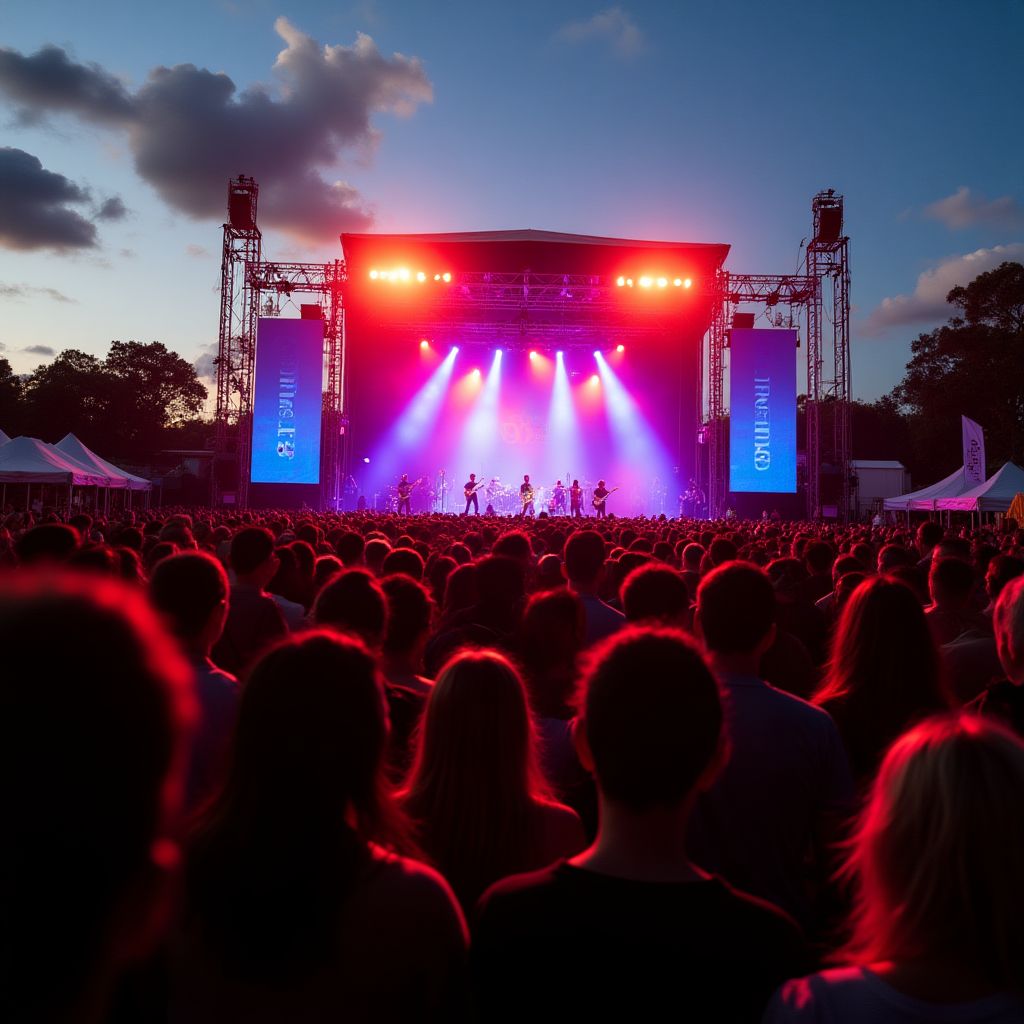
Byron Bay Bluesfest
Byron Bay Bluesfest is one of Australia's premier music festivals and a cornerstone of the international blues and roots circuit. Held annually over the Easter long weekend in Byron Bay, New South Wales, this five-day festival has been running since 1990 and attracts approximately 100,000 music lovers. Despite its name, Bluesfest's lineup extends beyond blues to encompass roots, folk, soul, R&B, world music, and contemporary rock artists. The festival has hosted legendary performers including Bob Dylan, B.B. King, James Brown, and more recently, Kendrick Lamar and Iggy Pop, alongside showcasing emerging Australian talent. What distinguishes Bluesfest is its commitment to sustainability and ethical operations, having won multiple awards for its eco-initiatives including comprehensive recycling programs, carbon offset options, and environmentally friendly amenities. The festival creates a vibrant temporary community with camping options, diverse food vendors, craft markets, and a family-friendly atmosphere in the picturesque Byron hinterland.
